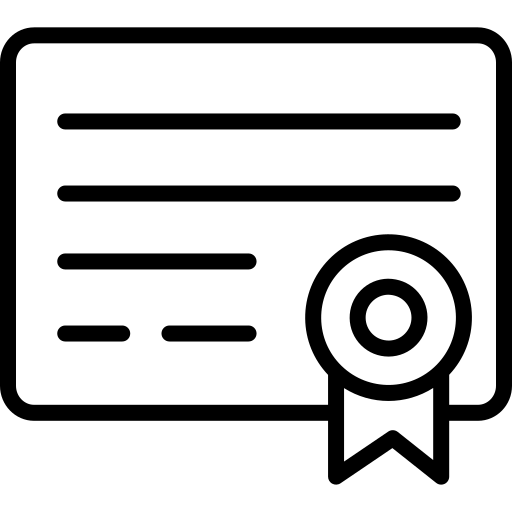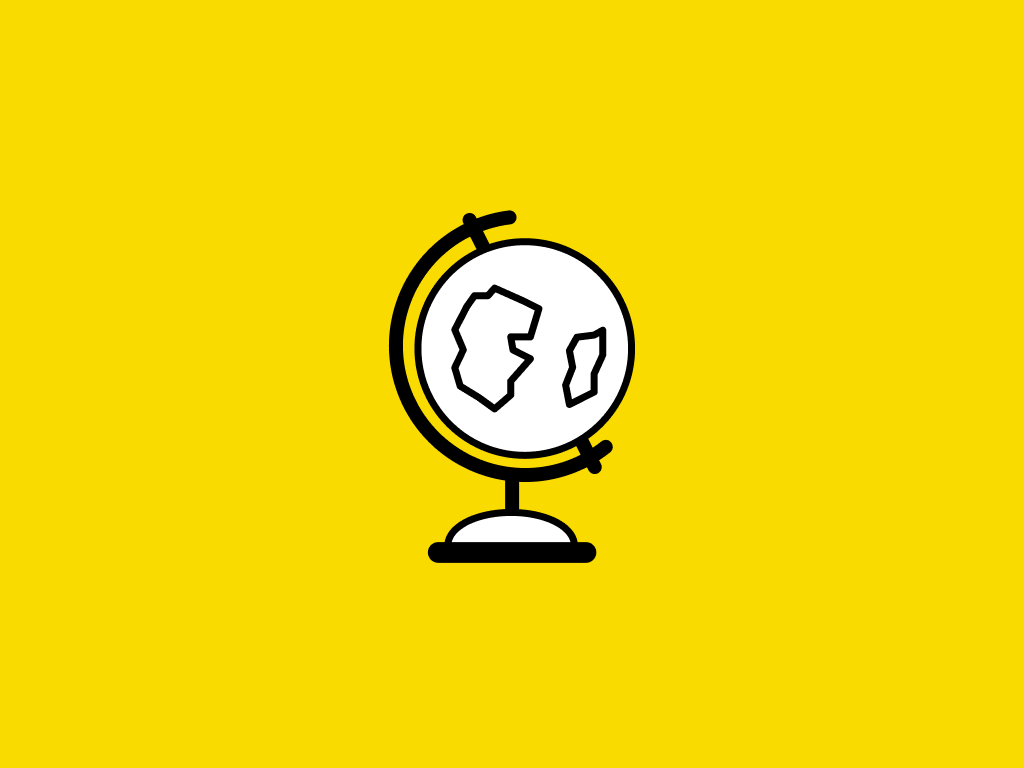Description
This course will introduce the learner to the basics of the python programming environment, including fundamental python programming techniques such as lambdas, reading and manipulating csv files, and the numpy library. The course will introduce data manipulation and cleaning techniques using the popular python pandas data science library and introduce the abstraction of the Series and DataFrame as the central data structures for data analysis, along with tutorials on how to use functions such as groupby, merge, and pivot tables effectively. By the end of this course, students will be able to take tabular data, clean it, manipulate it, and run basic inferential statistical analyses.
This course should be taken before any of the other Applied Data Science with Python courses: Applied Plotting, Charting & Data Representation in Python, Applied Machine Learning in Python, Applied Text Mining in Python, Applied Social Network Analysis in Python.
Syllabus
- Fundamentals of Data Manipulation with Python
- In this week you'll get an introduction to the field of data science, review common Python functionality and features which data scientists use, and be introduced to the Coursera Jupyter Notebook for the lectures. All of the course information on grading, prerequisites, and expectations are on the course syllabus, and you can find more information about the Jupyter Notebooks on our Course Resources page.
- Basic Data Processing with Pandas
- In this week of the course you'll learn the fundamentals of one of the most important toolkits Python has for data cleaning and processing -- pandas. You'll learn how to read in data into DataFrame structures, how to query these structures, and the details about such structures are indexed.
- More Data Processing with Pandas
- In this week you'll deepen your understanding of the python pandas library by learning how to merge DataFrames, generate summary tables, group data into logical pieces, and manipulate dates. We'll also refresh your understanding of scales of data, and discuss issues with creating metrics for analysis. The week ends with a more significant programming assignment.
- Answering Questions with Messy Data
- In this week of the course you'll be introduced to a variety of statistical techniques such a distributions, sampling and t-tests. The week ends with two discussions of science and the rise of the fourth paradigm -- data driven discovery.
Related Problem Sets

Introduction to Data Science in Python
-
TypeOnline Course
-
Provider
-
PricingFree to Audit
-
CertificatePaid certificate
This course will introduce the learner to the basics of the python programming environment, including fundamental python programming techniques such as lambdas, reading and manipulating csv files, and the numpy library. The course will introduce data manipulation and cleaning techniques using the popular python pandas data science library and introduce the abstraction of the Series and DataFrame as the central data structures for data analysis, along with tutorials on how to use functions such as groupby, merge, and pivot tables effectively. By the end of this course, students will be able to take tabular data, clean it, manipulate it, and run basic inferential statistical analyses.
This course should be taken before any of the other Applied Data Science with Python courses: Applied Plotting, Charting & Data Representation in Python, Applied Machine Learning in Python, Applied Text Mining in Python, Applied Social Network Analysis in Python.
- Fundamentals of Data Manipulation with Python
- In this week you'll get an introduction to the field of data science, review common Python functionality and features which data scientists use, and be introduced to the Coursera Jupyter Notebook for the lectures. All of the course information on grading, prerequisites, and expectations are on the course syllabus, and you can find more information about the Jupyter Notebooks on our Course Resources page.
- Basic Data Processing with Pandas
- In this week of the course you'll learn the fundamentals of one of the most important toolkits Python has for data cleaning and processing -- pandas. You'll learn how to read in data into DataFrame structures, how to query these structures, and the details about such structures are indexed.
- More Data Processing with Pandas
- In this week you'll deepen your understanding of the python pandas library by learning how to merge DataFrames, generate summary tables, group data into logical pieces, and manipulate dates. We'll also refresh your understanding of scales of data, and discuss issues with creating metrics for analysis. The week ends with a more significant programming assignment.
- Answering Questions with Messy Data
- In this week of the course you'll be introduced to a variety of statistical techniques such a distributions, sampling and t-tests. The week ends with two discussions of science and the rise of the fourth paradigm -- data driven discovery.

 Online Course
Online Course 
 Free to Audit
Free to Audit  Paid certificate
Paid certificate 